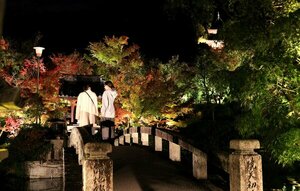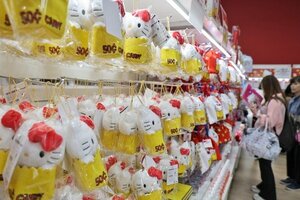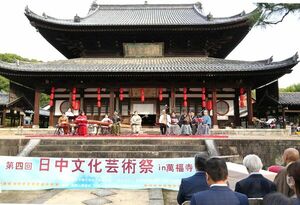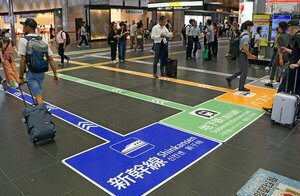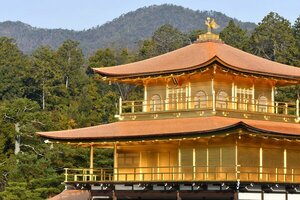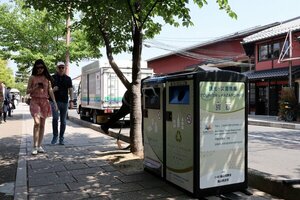On September 25, 2023, the ''Kushi Festival,'' a memorial service held to express gratitude for worn-out combs, was held at Yasui Konpira Shrine in Higashiyama Ward, Kyoto City. This year, the period customs procession, which had been canceled due to the coronavirus pandemic, was revived for the first time in four years, with about 40 people parading through Gion Kaiwai in reproductions of the hairstyles and clothing of Japanese women from ancient times to the present day.
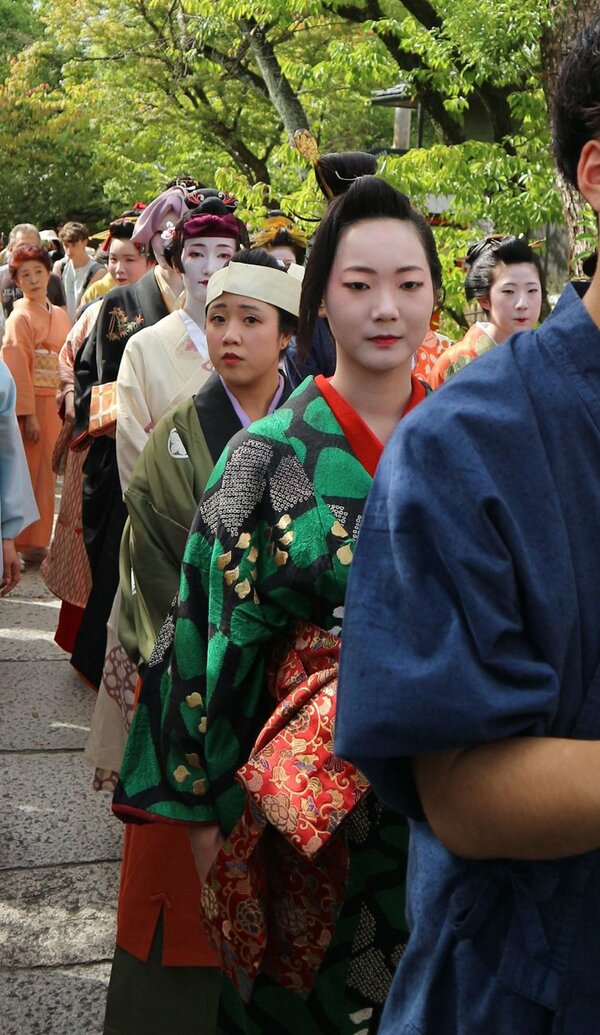
It was sponsored by the ''Kyoto Beauty Culture Club,'' a group of hairdressers from Kyoto and Osaka that aims to pass down hair-cutting techniques and the customs of the era. Members of the Kyoto Beauty Culture Club meet regularly to learn more than 30 different hairstyles, from the hairstyles of men and women from the Kofun period to the hairstyles worn by modern-day maikos, such as the ''wareshinobu'', ''mage'', and ''sakkomage''. I've been practicing tying them together.
On this day, after a ceremony in front of Kushizuka in the shrine grounds, the procession departed. In the late Edo period alone, there were nearly 10 types of hairstyles worn by court nobles, samurai families, and townspeople, and passersby stopped to take pictures of the charming picture scrolls that carefully recreated the characteristics of each style.

